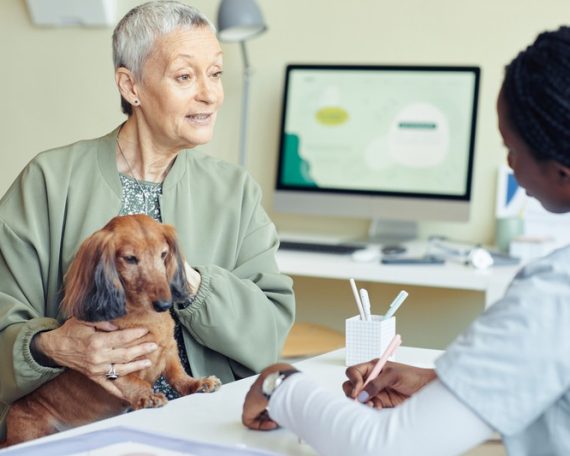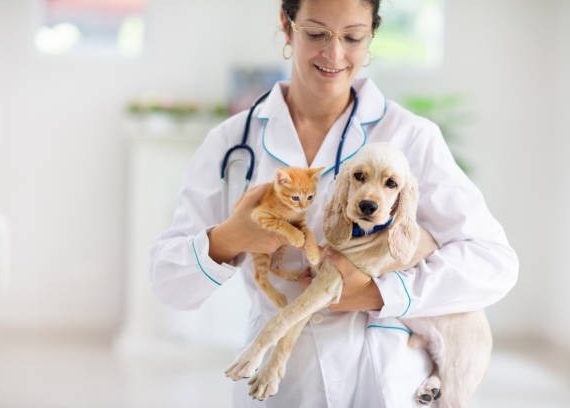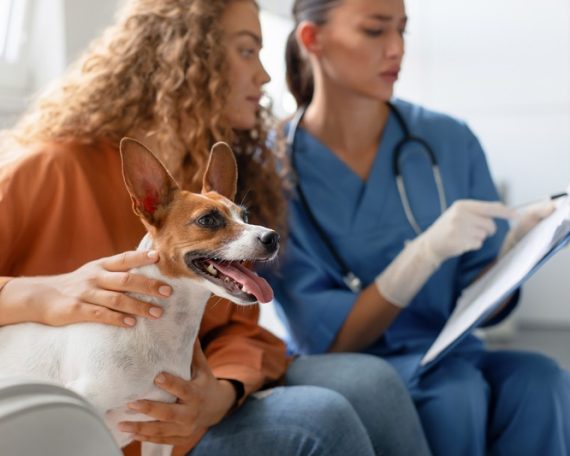Why Is Early Detection Vital in Pet Health?
Pets are more than just animals; they are family members who bring joy and companionship into our lives. Like any family member, their health and well-being are of utmost priority. Detecting health issues in the early stages can be the key to providing a long, prosperous life for your animal companions, and here’s why.
1. Early Diagnosis Can Save Lives
Early detection of diseases in pets, much like in humans, often leads to a better prognosis. With many health conditions, the earlier the intervention, the better the chances of managing or even curing the issue. Diseases like cancer, diabetes, or heart conditions can progress quickly if left unnoticed, making early diagnosis critical in extending and improving the quality of a pet’s life.
2. Prevents Complications and Secondary Conditions
When a health issue isn’t identified promptly, it can lead to complications or trigger secondary conditions, further endangering your pet’s health. Detecting problems early reduces the risk of complications and allows for simpler, often less invasive and less expensive, treatment options.
3. Maintains Your Pet’s Quality of Life
A key goal for any pet owner is to ensure their pet lives a happy, pain-free life for as long as possible. Catching health issues early can prevent conditions that cause discomfort or pain, thereby maintaining your pet’s quality of life.
Enhanced Mobility and Physical Health
Conditions such as arthritis can severely impact your pet’s mobility if left untreated. Early intervention can ensure they remain active and agile well into their senior years.
Optimal Mental Well-being
Early detection also contributes to mental health. Pets with untreated issues can exhibit stress, anxiety, or depression, which timely medical care can help avoid.
4. Encourages Proactive Health Management
Early detection is not just about identifying existing problems but also about preventing future ones. It encourages a proactive approach to pet healthcare, including regular veterinary check-ups, appropriate vaccinations, and a healthy lifestyle.
To ensure your pet’s health is monitored regularly, you might even consider services like boarding for dogs during travel, where they can receive professional care and attention in your absence.
5. Improves Long-term Healthcare Outcomes
The sooner a health issue is caught, the more effectively it can be managed. Early detection can lead to less aggressive treatments, faster recovery, and better overall healthcare outcomes.
6. Reduces Veterinary Costs over Time
Financial considerations play a significant role in pet care. Addressing health problems early on can help you avoid the high costs associated with advanced treatments required for later-stage conditions.
7. Allows for Timely Behavioral Interventions
Behavioral changes are often indicators of underlying health conditions. Early detection can also mean early behavioral interventions, which might be crucial for conditions that affect your pet’s behavior or temperament.
Part of managing your pet’s health includes making sure they’re up-to-date with preventive measures such as dog shots at Red Hills Veterinary Hospital to protect against a variety of diseases.
8. Strengthens the Pet-Owner Bond
The caring process that comes with early detection and treatment can strengthen the emotional bond between the pet and the owner. The commitment to their well-being reflects the value they hold in your life.
9. Enables the Use of Less Invasive Testing and Treatments
Advancements in veterinary medicine have provided less invasive testing options for early disease detection. Identifying issues before they advance may reduce the need for harsher treatments and prolonged medication courses.
Similar to humans, pets require dental care to prevent periodontal disease, which can lead to more severe health concerns. Early dental interventions by a professional dog dentist are essential for maintaining good overall health.
10. Increases Lifespan
In the big picture, proactive detection and treatment of health conditions have one ultimate benefit: they contribute to a longer, healthier life for your pet. Such early interventions are critical in ensuring that your furry friend remains by your side for as many years as possible.
Effective Practices for Early Detection
-
Regular Veterinary Check-ups: Routine exams can catch health problems before they become serious.
-
Knowledge of Breed-Specific Issues: Understanding the common health problems associated with your pet’s breed can prompt early detection efforts.
Maintaining an awareness of your pet’s typical behavior and physical condition helps notice any changes that may warrant a veterinary visit. Implementing a consistent routine that includes exercise, nutritious food, mental stimulation, and regular grooming can also support their overall health and alert you to any deviations from their normal state.
Wrapping Up
Early detection in pet health plays an imperative role in prolonging and enriching the lives of our cherished animal companions. Regular veterinary care, being attuned to changes in behavior and health, and understanding the specific needs of your pet breed contribute significantly to catching potential health issues before they escalate. By prioritizing early detection, we can provide our pets with the care they deserve, ensuring that these loving members of our families lead longer, happier lives alongside us.










